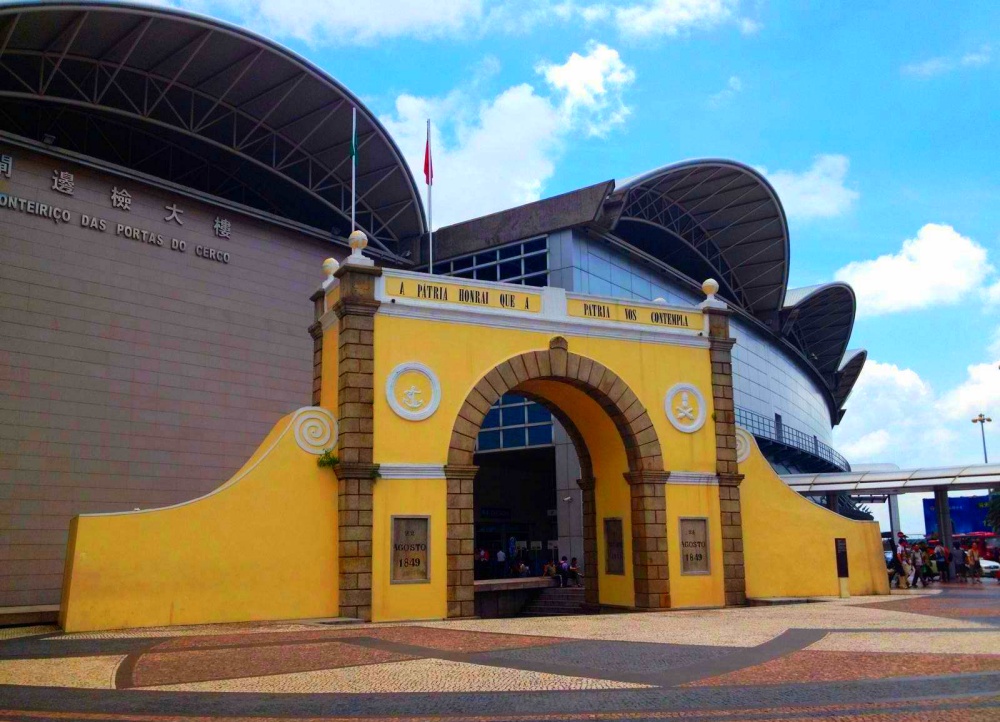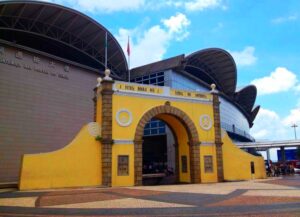The Portas do Cerco (Barrier Gate) is a historically significant landmark located at the northern tip of the Macau Peninsula. This gate marks the boundary between Macau and mainland China and is closely tied to the region's geopolitical history. Below is a detailed look at its history, significance, and travel tips for visiting.
Historical Background
The Portas do Cerco was built by the Portuguese in 1849 to replace a crumbling wall erected by the Chinese in 1573 during the Ming dynasty. The original wall, which served as a garrison, was part of the Qing dynasty's efforts to control the flow of people and goods through their southern border.
The Portuguese Construction (1849)
The Portuguese constructed the Portas do Cerco in 1849 after the deterioration of the previous wall. This gate became a symbol of Macau's territorial limits, marking the boundary of the Portuguese colony. On its inner arch, an inscription reads: "A pátria honrai, que a pátria vos contempla" ("Honor your fatherland, for your fatherland looks over you"). This gate was strategically placed after the Passaleão Incident of 1849, a conflict between the Qing dynasty and Portugal over the death of the Macau governor, Ferreira do Amaral.
The Passaleão Incident (1849)
The Passaleão Incident marked a turning point in the relationship between China and Portugal. In 1849, a clash occurred when the Chinese forces resisted the death of the Macau governor, leading to a small battle at the Barrier Gate. Portugal, under Colonel Mesquita, won the confrontation, which allowed them to extend Macau's northern borders. Following this, the Portas do Cerco was built as a symbolic and practical boundary marker.
The Battle of the Barrier (1840)
Another key historical event linked to the Portas do Cerco is the Battle of the Barrier, which took place in 1840 during the First Opium War. This battle, between British and Chinese forces, was part of the broader conflict involving British interests in the region. The Battle of the Barrier highlighted the strategic importance of this area in the context of colonial and imperial ambitions.
The Role of the Portas do Cerco in 20th Century Geopolitics
During the mid-20th century, the Portas do Cerco became a point of tension during the Cold War and the Chinese Communist era. In the 1950s and 1960s, the gate was sometimes referred to as Far Eastern Checkpoint Charlie due to border incidents involving Portuguese African troops and Chinese Communist border guards.
The 1952 Border Incident
In 1952, a major border incident occurred at the Portas do Cerco, where Portuguese African troops exchanged fire with Chinese Communist border guards. The exchange lasted for over an hour, leaving casualties on both sides. Reports claim that the Chinese side suffered over 100 casualties, while there were several dozen injuries on the Macau side. This exchange was a significant moment in the broader Cold War tensions in the region.
Modern Significance and Border Crossing
In 2004, the Posto Fronteiriço das Portas do Cerco (Barrier Gate Border Post) was opened to modernize the border-crossing process. This new facility now handles the increased flow of people and goods between Macau and mainland China. The Portas do Cerco remains a historical landmark, but the official border has since been moved a few meters behind the old gate.
Current Role of the Portas do Cerco
Today, the Portas do Cerco is a busy border crossing point for those traveling between Macau and Zhuhai in mainland China. It remains a powerful symbol of Macau's history, reflecting its complex relationship with both China and the Portuguese colonial past. The gate serves as a reminder of the region's unique historical and political identity, which has evolved dramatically over the centuries.
Travel Tips for Visiting Portas do Cerco
If you're planning to visit the Portas do Cerco during your trip to Macau, here are some helpful travel tips and guidance to make your visit smoother.
Best Time to Visit
The Portas do Cerco is open to visitors year-round. The best time to visit is in the cooler months (October to December), when the weather is more comfortable for sightseeing. Avoid visiting during the hot summer months (June to August), when temperatures can be high and humid.
What to Expect at the Site
- Historical Significance: Expect to see the Barrier Gate, which is not just a physical landmark but also a symbol of the historical boundary between Macau and China. The inscription on the gate’s inner arch and the overall structure reflect the cultural and political history of the region.
- Border Area: While the Portas do Cerco is a popular tourist attraction, it's also an active border area. You’ll see the flow of people and vehicles crossing between Macau and mainland China, offering a glimpse into the modern-day exchange between the two regions.
How to Get There
1. Public Transportation:
- By Bus: The Portas do Cerco is easily accessible by public bus. You can take buses that stop near the Barrier Gate, such as buses 3, 10, and 10X. The journey from central Macau to the Portas do Cerco takes around 20-30 minutes by bus.
- By Taxi: Taxis are widely available in Macau. You can hail a taxi to the Portas do Cerco directly from anywhere in the city. The fare is relatively inexpensive and will take around 15-20 minutes from the city center.
2. Walking:
- If you're staying in the central area of Macau, you can walk to the Portas do Cerco from popular destinations like Senado Square or the Ruins of St. Paul’s. The walk will take approximately 30-40 minutes, allowing you to explore the surrounding neighborhoods.
3. By Car:
- For those driving, there are parking areas nearby, but they can get crowded, especially during peak tourist seasons. Make sure to check parking availability in advance.
Nearby Attractions
- Zhuhai Border Crossing: A short distance away, you can visit the modern Posto Fronteiriço das Portas do Cerco (Barrier Gate Border Post), which handles the flow of people and goods between Macau and Zhuhai, China.
- Largo do Senado: Located about 15 minutes away by foot, this historic square is surrounded by colonial architecture and is a great place to explore after visiting the Portas do Cerco.
- A-Ma Temple: A UNESCO World Heritage Site, this temple is dedicated to the Chinese sea goddess and is a short drive away from the Portas do Cerco.
Tips for Cross-border Visitors
If you're planning to cross from Macau into Zhuhai, you will need to bring your passport and any necessary travel documents. Ensure you’re familiar with the customs and visa requirements for entry into mainland China.
The Portas do Cerco is a must-visit for history enthusiasts and travelers interested in Macau's unique blend of cultures and colonial past. Whether you’re exploring the site itself or passing through on your way to other attractions, it’s a fascinating reminder of the region's complex history.


 Tours
Tours
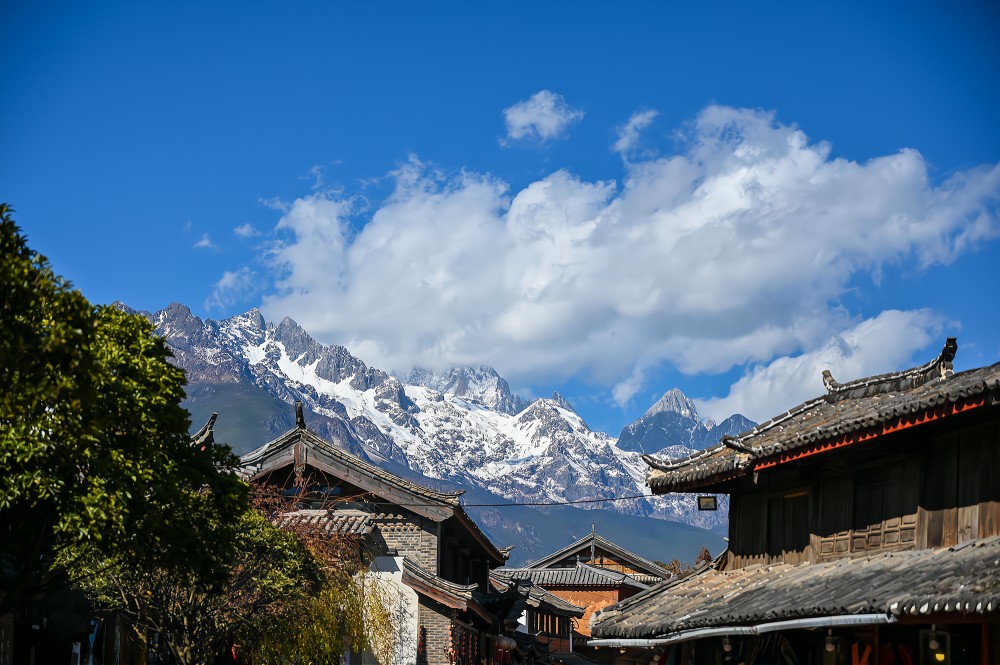


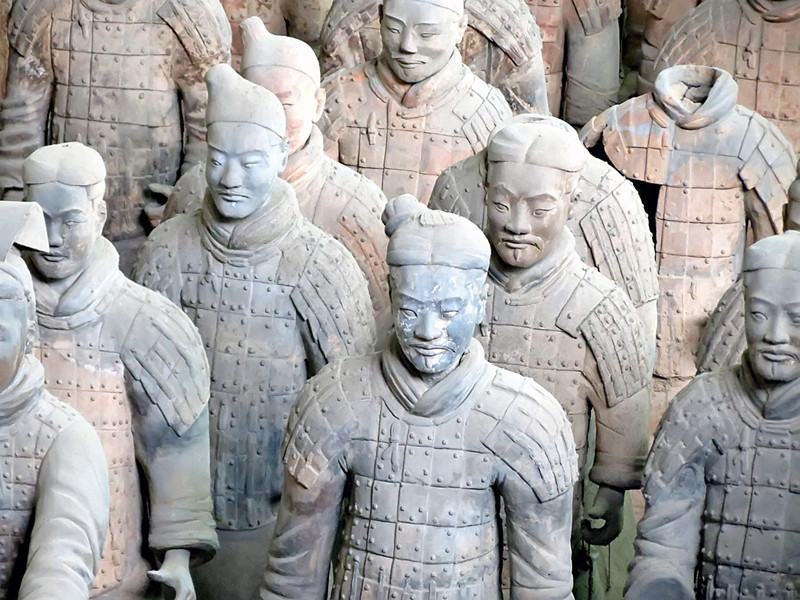
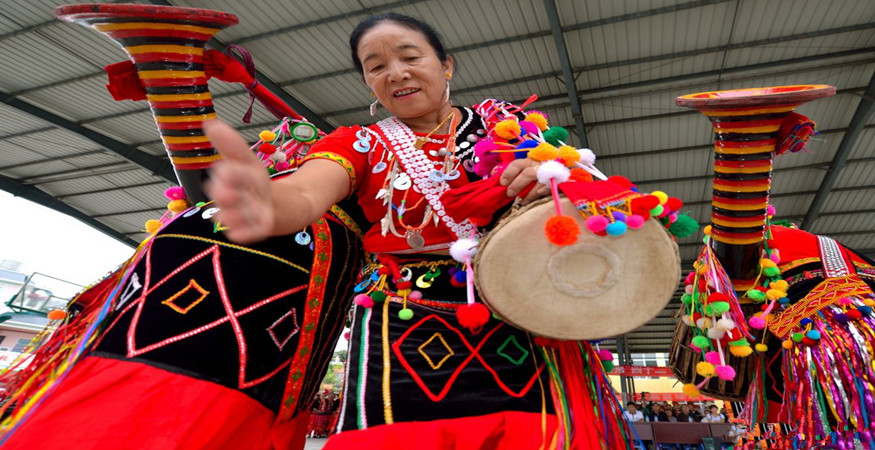


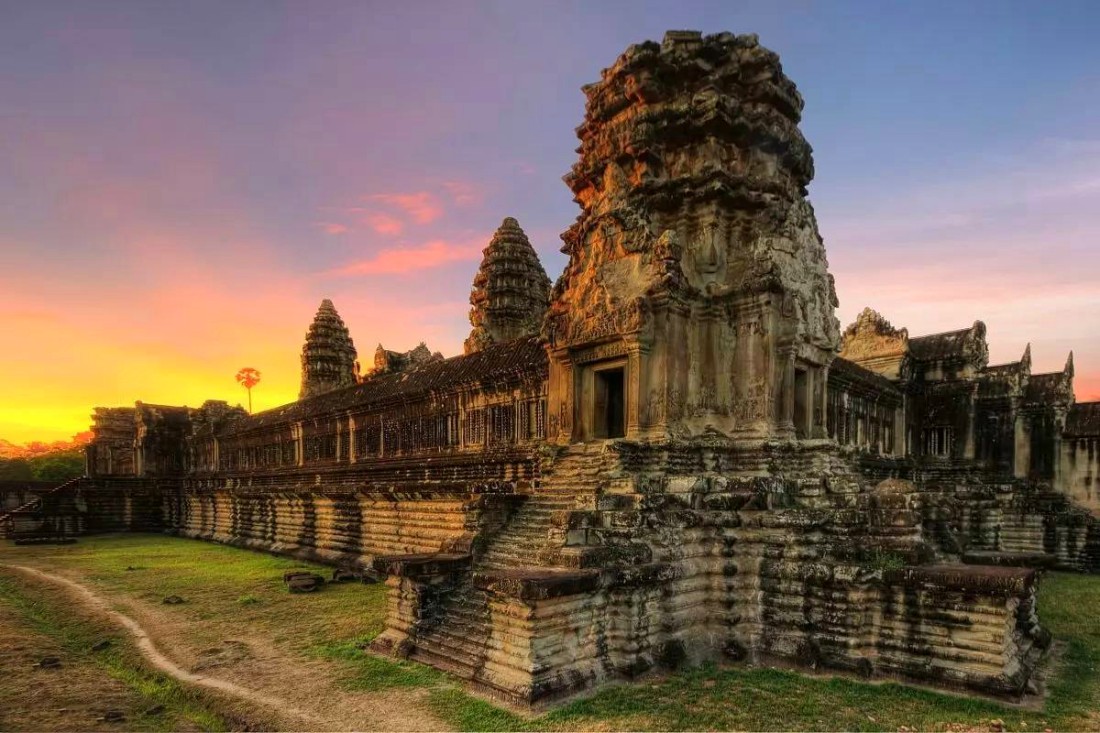


 Destinations
Destinations Attractions
Attractions Golf
Golf Customize
Customize About Us
About Us Contact
Contact


